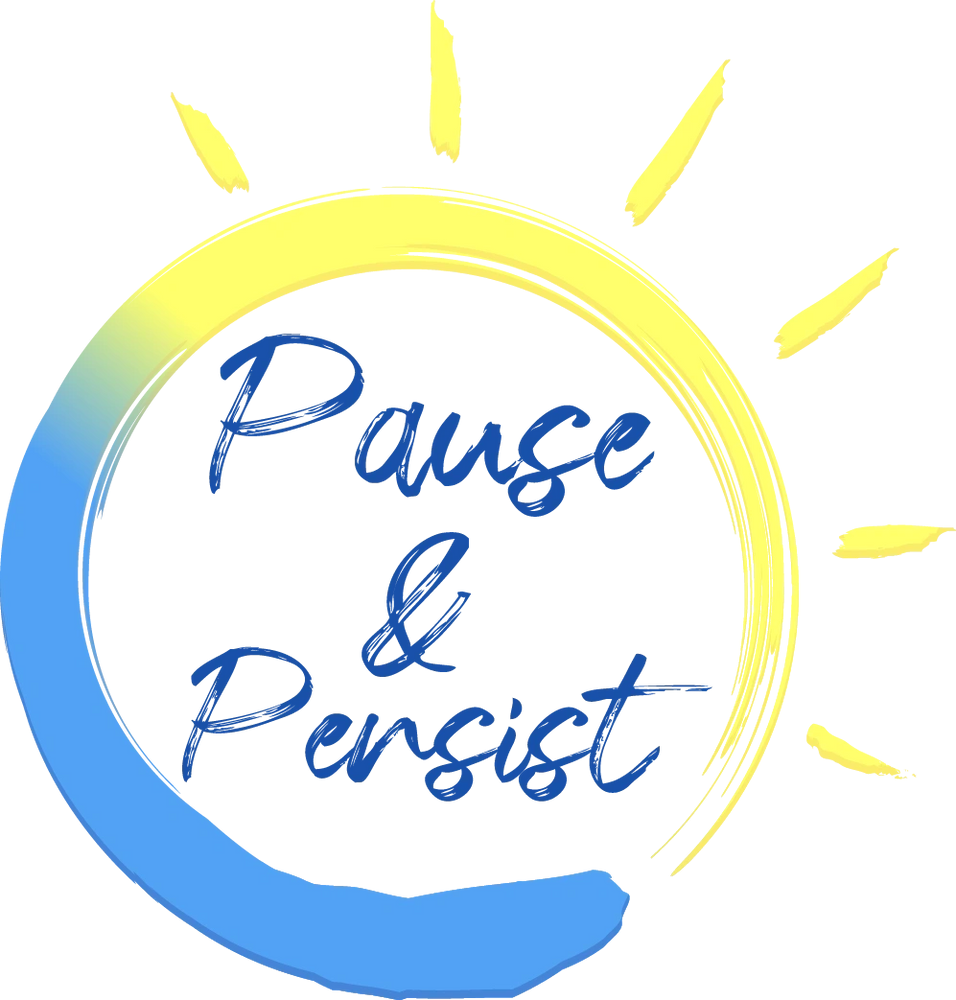Wednesday, 27 September 2023
[27092023] Compare Less to Others
Saturday, 16 September 2023
[16092023] Courageous Leadership: Balancing the Fast and Slow Lanes of Life and Management
As an education leader, your journey transcends the classroom. Managing educational institutions and leading teams require not only expertise but also courage. In this blog post, we'll delve into the role of courage in balancing the fast and slow lanes of life and management.
The Fast Lane: Courageous Decision-Making
Courage in the fast lane of management and life is exemplified by your ability to make bold decisions swiftly. Here's how courage plays a pivotal role:
1. Fearless Decisions: Courageous leaders make decisions even when uncertainty looms. They understand that calculated risks can lead to innovation and progress.
2. Facing Challenges Head-On: Courage entails confronting challenges directly. It's about acknowledging difficulties and taking proactive steps to overcome them.
3. Leadership in Crisis: In times of crisis, courageous leadership shines. It involves staying calm, making tough choices, and providing guidance when it's needed most.
The Slow Lane: Courageous Patience and Persistence
In the slow lane, courage manifests as patience and persistence. It's about staying resolute even when progress is gradual. Here's how courage thrives in the slow lane:
1. Long-Term Vision: Courageous leaders have a vision that extends beyond immediate results. They're willing to invest time and effort into building a lasting legacy.
2. Resilience: Courage involves resilience in the face of setbacks. It's the determination to keep moving forward despite obstacles.
3. Mentorship and Learning: Seeking mentorship and constantly learning are acts of courage. They show a willingness to improve and adapt over time.
Finding Courageous Balance
Balancing the fast and slow lanes in management and life requires a courageous approach. Here's how you can achieve that balance:
1. Brave Prioritization: Courageously prioritize tasks, distinguishing between what needs quick attention and what requires patient nurturing.
2. Delegate with Trust: Have the courage to delegate responsibilities to your team, trusting their abilities to handle day-to-day operations.
3. Mindful Courage: Practice mindful courage. Be present in your decision-making process and act boldly when necessary while taking measured steps in other instances.
4. Embrace Mistakes Fearlessly: View mistakes as stepping stones, and encourage your team to do the same. Embracing failures with courage fosters a culture of resilience and growth.
Courage as Your Compass
Courage is the compass that guides you through the fast and slow lanes of life and management. It empowers you to make decisions, face challenges, and persist in your journey, all while maintaining a long-term vision. Just as you instil courage in students and educators, remember to nurture it within yourself. Your courage will not only shape your leadership but also inspire those you lead to navigate their own lanes of life and growth with unwavering bravery.
Friday, 15 September 2023
[15092023] Nurturing Tomorrow's Leaders: The Role of Education Leadership
Tuesday, 12 September 2023
[12092023] Fostering Growth: The Power of the Nurture Approach vs. Fixating on Mistakes
Friday, 8 September 2023
[08092023] Choosing Your Circle: How Positive Vibes Can Transform Your Leadership
Wednesday, 6 September 2023
[06092023] The Cost of Neglecting Misconduct: A Call for Proactive Ethical Leadership in Education
Monday, 4 September 2023
[04092023] Navigating the Generation Gap in the Workplace: Bridging Employer and Workforce Perspectives
Friday, 1 September 2023
[01092023] Effective Communication: Persist and Pause
[05072025] Breaking the Loop: When Routine Becomes a Cage
Breaking the Loop: When Routine Becomes a Cage There comes a point when even the strongest among us sigh and say, “I’m tired of doing the s...
-
What is "Mengadu Domba"? In Malay, "mengadu domba" literally translates to "complaining like a goat. " Howe...
-
Praise be to Allah For all the blessings For all the barakah For all the bounties For my beloved family For my friends and companions For al...
-
Once upon a time, in a faraway land, there lived a king whose castle was modest but whose subjects were safe, prosperous, and content. Howev...












